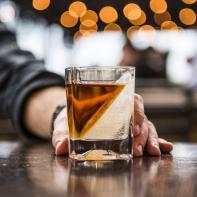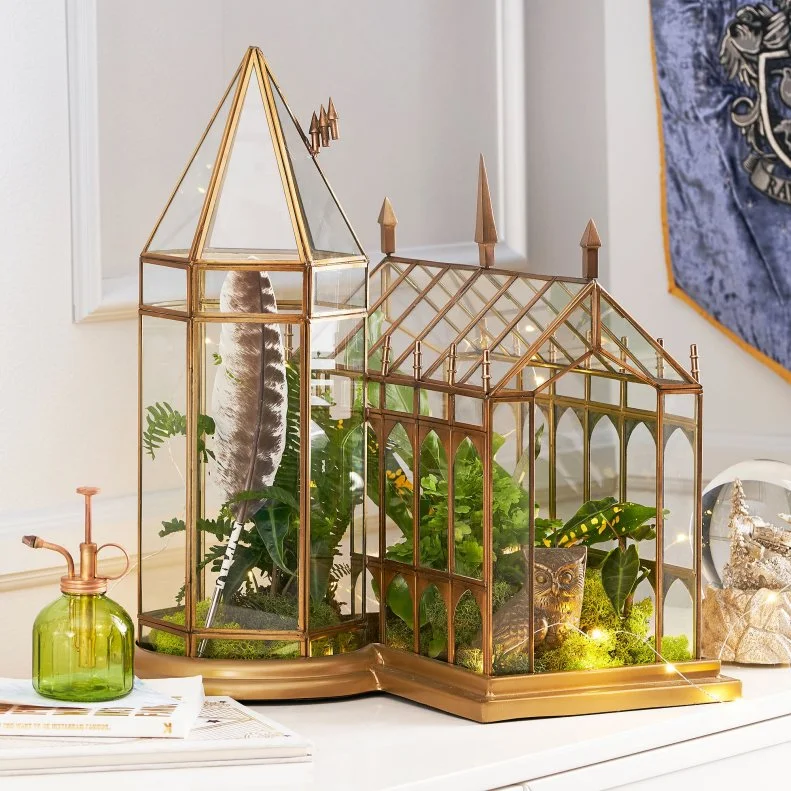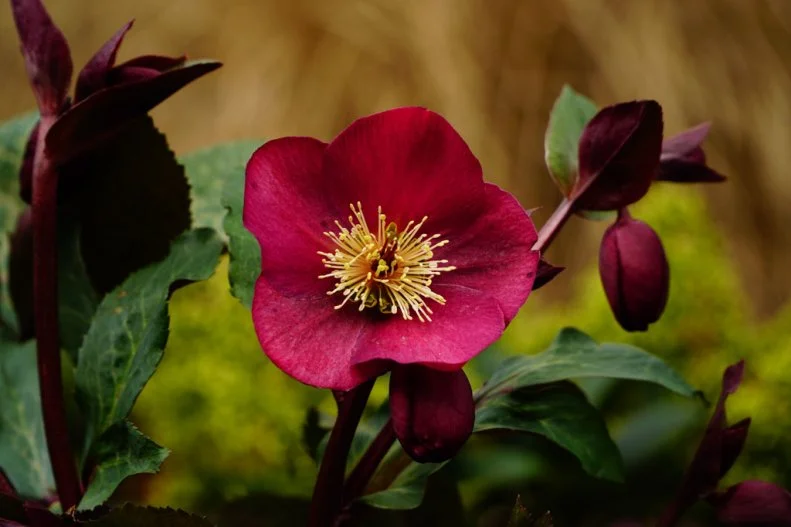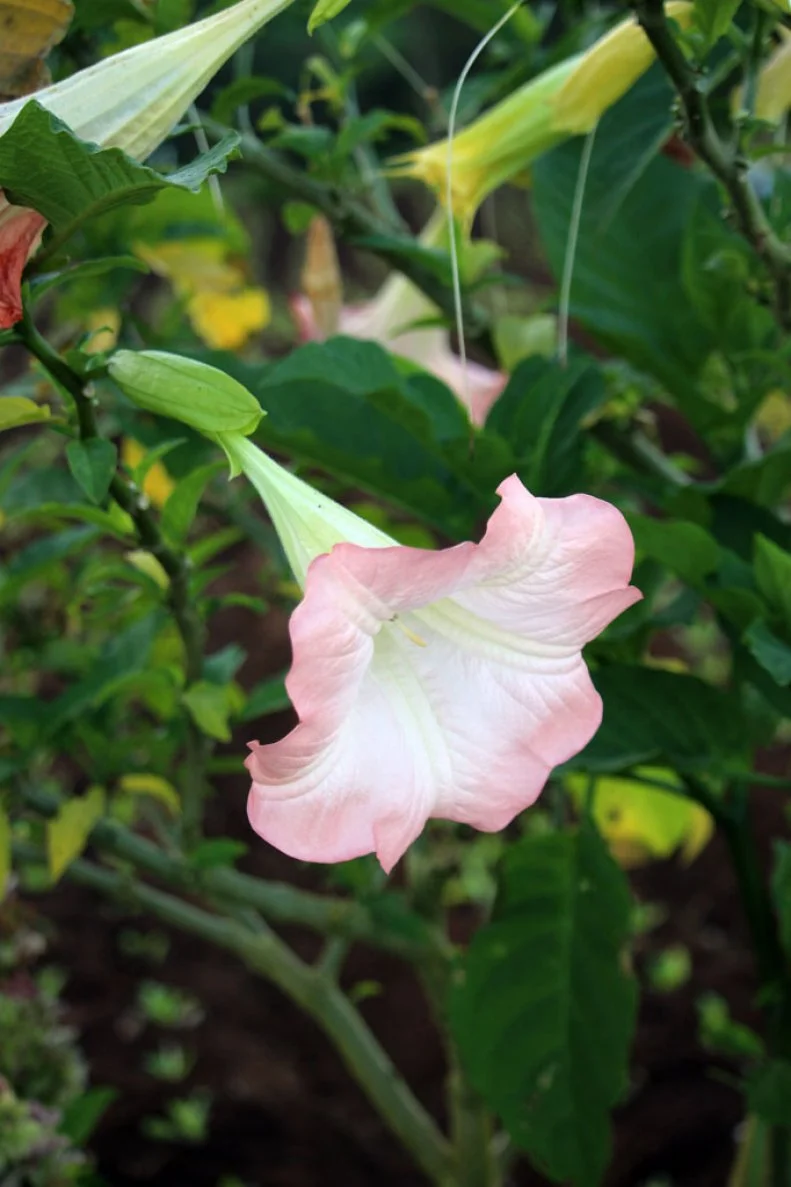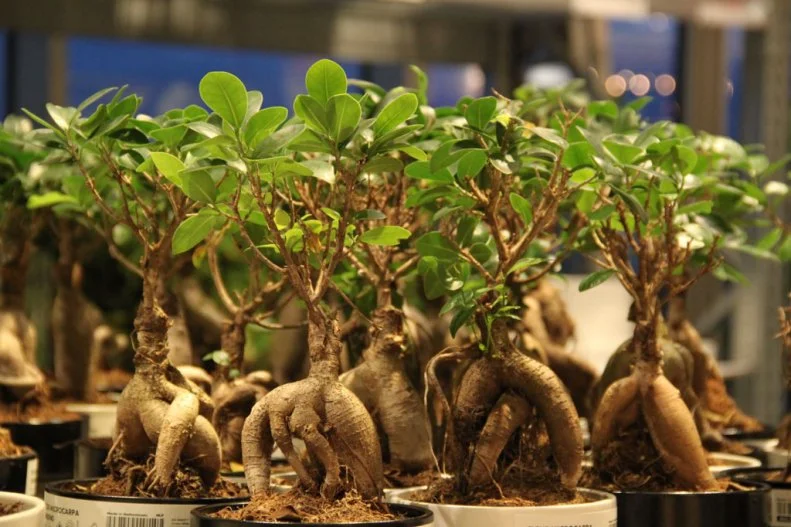Potter Plants IRL
From books to movies to games to theme parks to set tours to flagship stores to traveling exhibits to the stage and beyond, the Wizarding World canon is vast, and, yet, we can’t help but notice that it always comes back to herbology, or the study of magical plants. (Even Pottery Barn Teen has a herbology line with Harry Potter terrariums!) From the stocked shelves of Diagon Alley to the Hogwarts Castle grounds, there are a lot of curious names and descriptions of plants mentioned in the Harry Potter and Fantastic Beasts franchises. But you may be surprised to learn that many of these sinister potion ingredients, dreamy flora or otherworldly-looking vegetation are not the stuff of fantasy. They're very real and of the humble muggle world. Here’s a look at some of the most iconic plants and fungi mentioned that exist in our natural world and, perhaps, in your garden right now.
Editor's Note: While very real to fans, Harry Potter is a work of fiction, and some uses of plants in the stories are not *actually* advisable in real life. We’ve noted poisonous plants when relevant.



































